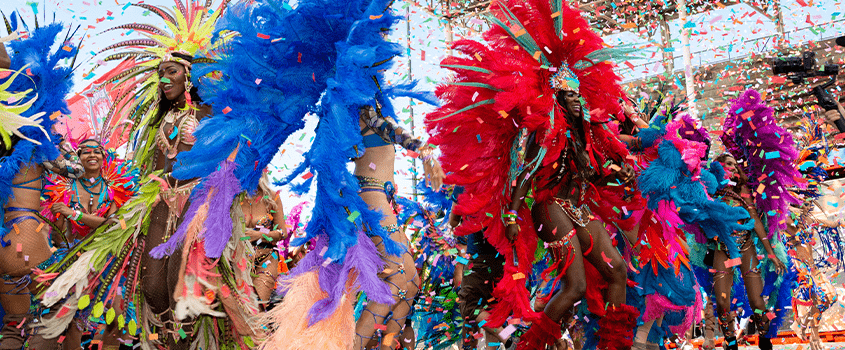republic onboarding
Internet Banking
-
Savings & Chequing
-
Savings Accounts
Growing up with a plan for tomorrow
For youths between the ages 13 to 19 years
Shape your future
Helps you to build your nest egg
Saves you time and money
The wise investment instrument
Earn more on your Foreign Accounts
Chequing Accounts
Bank FREE, easy and convenient
A world of convenience and flexibity
Invest and enjoy the best of both worlds
A value package designed for persons 60 +
Life Stage Packages
Banking on your terms
Getting married?
Tools & Guides
Make an informed decision using our calculators
Help choose the account that’s right for you
All Our Cheques Have A New Look!
-
-
Electronic Banking
-
EBS Products
Open a deposit account online
Pay bills and manage your accounts easily
Banking on the Go!
Welcome to the Cashless Experience
Top up your phone/friend’s phone or pay utility bills for FREE!
EBS Products
Make secure deposits and bill payments
Access your accounts easily and securely with the convenience of Chip and PIN technology and contactless transactions.
Access cash and manage your money
Where your change adds up
-
-
Credit cards
-
Credit Cards
Credit Cards
Additional Information
-
-
Prepaid Cards
-
Pre-paid Cards
-
-
Loans
-
overview
To take you through each stage of life, as we aim to assist you with the funds you need for the things you want to do
We make it easy to acquire financial assistance for tertiary education through the Higher Education Loan Programme
We make it easy, quick and affordable to buy the car of your dreams
Tools & Guides
Helps you determine the loan amount that you can afford
You can calculate your business’ potential borrowing repayments
Republic Bank's Group Life Insurance will provide relief to your family by repaying your outstanding mortgage, retail or credit card balance in the event of death or disablement.
-
-
Mortgages
-
Mortgage Centre
Republic Bank Limited can make your dream of a new home a quick and affordable reality
New Customers
Block for MM- new user mortgage process
There are three stages you must complete before owning your first home
Tools & Guides
block for MM - personal - mortgages
-
-
Investments
-
Investment Products
-
The Tabanca Is Real – A Look at how a Carnival free year disrupted the economy
You are here
Home / The Tabanca Is Real – A Look at how a Carnival free year disrupted the economy
Trinidad Carnival, a tsunami of art, colour, costume and dance - known to be the biggest street party on Earth - was cancelled due to the COVID-19 pandemic after is was described as “the perfect environment for the spreading of the virus” by Prime Minister, Dr. Keith Rowley.
The Prime Minister acknowledged that there would be inevitable economic consequences surrounding his decision, but just how much is that?
The fact is this cancellation has resulted in a significant loss of opportunity for businesses throughout the non-energy sector. Particularly hard-hit are the micro, small and medium enterprises (MSMEs), artistes, Mas bands and promoters that generate most of their yearly income from the grand festival.
By its nature, the Carnival season generates significant economic activity across several sectors including, entertainment, security, media, hospitality and retail, normally providing a boost for the domestic economy over a period of at least six weeks. According to a 2014 article by the Association of Caribbean States, “revenue from Trinidad and Tobago’s Carnival exceeds on average US$100 million”.
Indeed, the Carnival festival is the main draw for the domestic tourism industry, especially for Trinidad. In the month preceding the grand parades, hotel occupancy rates are at their highest across the island and as such the demand for ancillary services peaks.
According to the CSO, in January and February 2020, Trinidad and Tobago benefitted from a total of 78,148 tourist arrivals, while the average visitor expenditure for February was $12,101 over an average length of 12 days stayed.
Undoubtedly, it appears that Carnival is a significant driver of economic activity in Trinidad and Tobago. Unfortunately, not enough research has been done to fully understand the impact of the festival on the various non-energy sectors, the contribution to employment and the extent to which its revenue streams surmount government funding, if at all.
According to Jo-Anne Tull (2009), “In the context of the economics of carnival, tracking could focus on: the population of persons participating in carnival activities to discern the percentage share of the total population engaged in carnival celebrations and to determine the extent to which carnival is a nation-wide celebration; the population of persons purchasing mas costumes to determine the level of consumer preference for playing mas; the number of arrivals into Trinidad specifically for carnival to determine whether carnival constitutes another tourist season in the annual calendar; and the quantum of revenue accrued by other sectors of the economy.”
The task that remains is ensuring that researchers quantify Carnival in a way that allows the policymakers to put forth the most effective policy for the highest economic gain and to facilitate long term economic development because this festival gives us tabanca in more ways than one.
COMPANY INFORMATION
Banking Segments
Press & Media
Contact Us
© 2025 Republic Bank Limited. All Rights reserved.







 Garvin Joefield
Garvin Joefield
